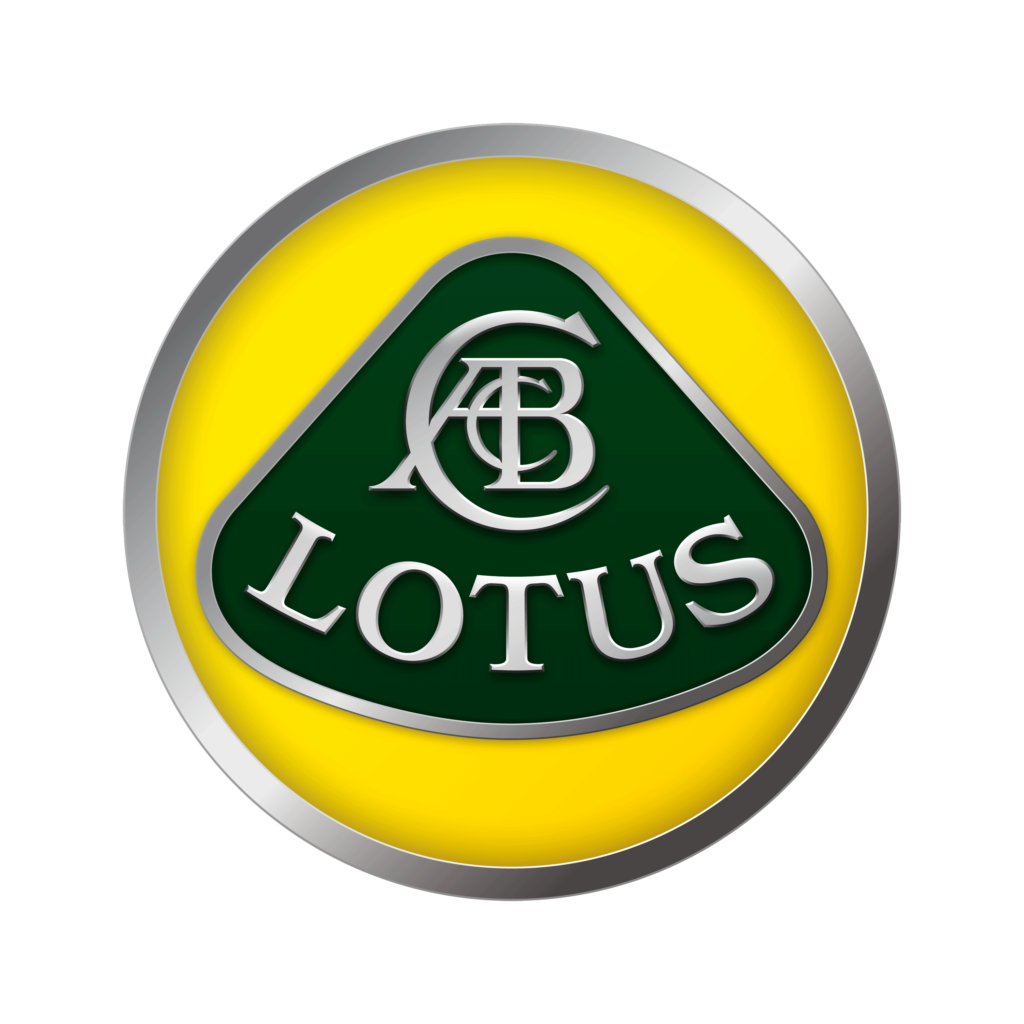The Lotus Engineering Company was founded by Colin Chapman and Michael Allen in 1952. However, the partners split ways within the same year, and so The Lotus Engineering Company Limited was formed by Colin Chapman and his girlfriend—who later became his wife—Hazel Williams, one year later in 1953. The new company was headquartered at the Railway Hotel in Hornsey, North London, where Chapman built race cars in his spare time.
Why is it called Lotus?
There are many different theories as to how Lotus got its name. The more obvious guesses include references to the lotus fruit, which evokes dreaminess, and the lotus flower, which is prominent in Buddhism and Hinduism. It has been rumored that Chapman often said, “us lot,” so the name could have been the reverse of that saying (“lot us”). Others believe that the name was suggested by Hazel, Chapman’s wife and business partner. Whatever the true inspiration for the name Lotus was, it has died with Chapman himself. However, it has been established that the plural form of Lotus is Lotuses. In case you were wondering.

Image source: Lotus cars
Lotus has always gone by that name in some form or fashion, just with a lot of other words attached in various ways. For example, the “Limited” part was added a year after Michael Allen parted ways with Chapman. The Lotus Group of Companies formed in 1959 consisted of Lotus Cars Limited (road cars) and Lotus Components Limited (customer competition cars), but 10 years later saw even more divisions within the Group Lotus Car Companies Limited: the branches consisted of Lotus Cars Limited, Lotus Cars (Sales) Limited, Lotus Cars (Service) Limited, and Lotus Components Limited.
To make things even more complicated, General Motors (GM) acquired Lotus Engineering in 1986. Then the Bugatti Group stepped in only 7 years later as the new owners, even though GM still retained rights to the Millbrook testing facility. It’s fair to say that Lotus has been passed around quite a few times.
SEE ALSO: Why is Fisker Called Fisker?
The Lotus Logo
Chapman’s full name was Anthony Colin Bruce Chapman, so if you look closely at the letters inscribed above the all-caps LOTUS name, you should be able to make out ACBC. The letters are typically white or silver on a green background, with a yellowish gold orb encircling it all. When Colin Chapman died in 1982, David Wickins took over and removed Chapman’s initials from the Lotus badging. Sources state this action was later reversed.

Image source: Car Logos
As to the reasoning behind starting many of the models with the letter “E,” there are just as many theories about that as there are for the name of the brand itself. Obviously, the earlier Lotus cars were prefixed by the term “Type,” but perhaps it was just a trend that stuck.
Lotus, Jensen-Healey, and the Corvette
It has been rumored that the Lotus 907 engine was given to Jensen-Healey to put in their first production car so that Lotus could work out the kinks before placing it in the Esprit, Elite, Eclat, and Excel. However, experts do know that Lotus partnered with Chevrolet and Mercury Marine to develop the LT5 engine, which was featured in the ZR-1 model of the Chevy Corvette. Unfortunately for Lotus, it seems what could have been a very popular brand nowadays, especially in the time of hybrids and compacts, has never really been able to get enough traction to retain full steam ahead.
Do you think Lotus will revive, like Bugatti did? Or will it join the myriad of other car brands that have risen and fallen over the course of history?
Rebecca Henderson is the published author and professional editor at The Kreativ Space. Best expressing herself through the written word, she enjoys the smell of burning rubber as well. Rebecca hopes to shift your world perspective through her words, because looking out the same window every day hardly makes for an interesting life.






Leave a Reply